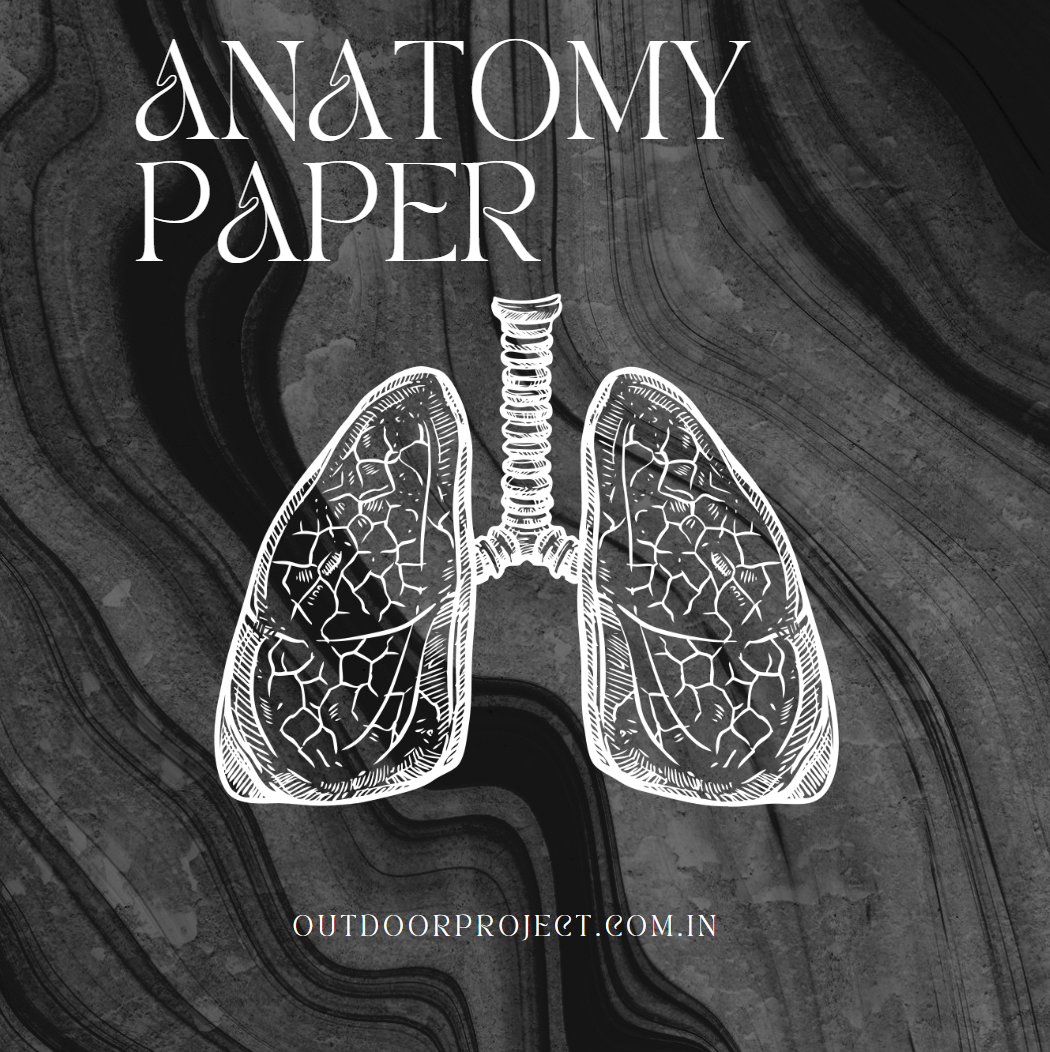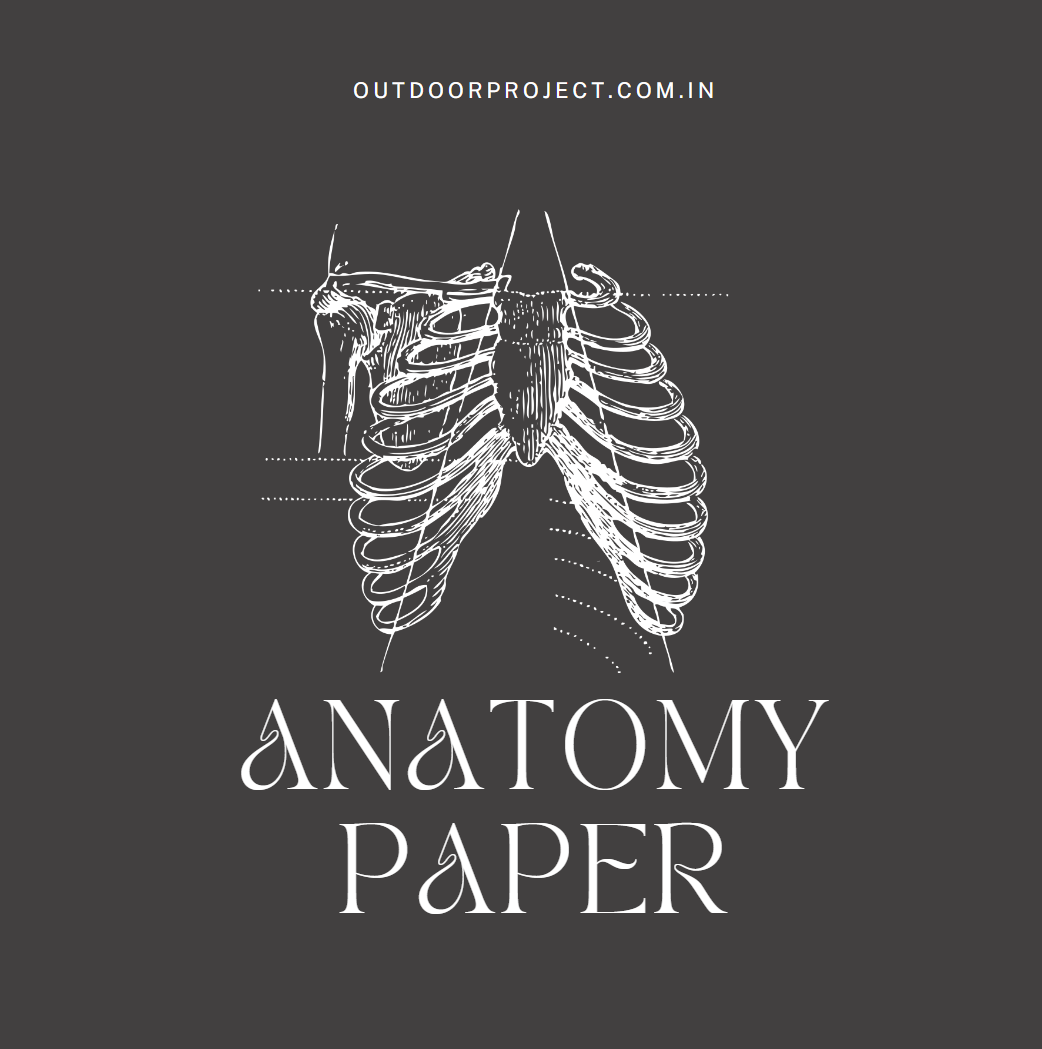Writing an anatomy paper can feel like you’re piecing together a complex puzzle. With so many intricate details about the human body to cover, where do you even begin? Don’t worry; writing an anatomy paper is not as daunting as it seems. With the right structure and approach, you can craft a paper that’s not only informative but also engaging. Let’s dive in and explore the step-by-step process of how to write an anatomy paper.
Table of Contents
Introduction to Writing Anatomy Papers
An anatomy paper is more than just a report on the human body; it’s a detailed exploration of a specific aspect of anatomy. Whether you’re writing about the intricacies of the cardiovascular system or the structure of the human brain, your goal is to provide a clear, insightful analysis.
Understanding the Basics
Before you start writing, it’s essential to understand what an anatomy paper is. It’s a scientific document that discusses topics related to the structure and function of the human body. This type of paper often includes detailed descriptions, comparisons, and sometimes even theories about how certain systems work.

Choosing a Relevant Topic
Selecting the right topic is crucial. It should be something that interests you and is relevant to the field of anatomy. The more passionate you are about the topic, the easier it will be to write. Consider current trends in anatomy research or areas that haven’t been extensively explored. For example, instead of writing a broad paper on the skeletal system, focus on a specific part, like the biomechanics of the knee joint.
Conducting Thorough Research
Research is the backbone of your anatomy paper. Use credible sources such as academic journals, textbooks, and reputable websites. Keep track of all your sources for proper citation later on. As you research, take detailed notes and start thinking about how you will organize your paper.
Creating an Outline
An outline serves as a roadmap for your paper. It helps you organize your thoughts and ensures you cover all necessary points. Your outline should include:
- Introduction: Present the topic and its significance.
- Main Body: Break down your main points into sections.
- Conclusion: Summarize your findings and suggest future research.
Writing the Introduction
Your introduction sets the stage for the rest of the paper. It should grab the reader’s attention and provide a brief overview of what the paper will cover. Start with a hook, such as an interesting fact or a rhetorical question. Then, provide some background information on your topic and state the purpose of your paper.
Developing the Main Body
This is where the bulk of your information will go. Each paragraph should focus on a specific point related to your topic. Use clear, concise language, and avoid jargon unless it’s necessary. If you must use technical terms, make sure to explain them. Remember, the goal is to make the information accessible to readers, even if they’re not anatomy experts.
Using Visual Aids
Anatomy papers often benefit from visual aids like diagrams, charts, and images. These can help illustrate complex concepts and make your paper more engaging. When using visual aids, ensure they are clearly labeled and referenced in the text. For example, if you’re discussing the structure of the heart, include a labeled diagram to help readers visualize what you’re describing.
Incorporating Proper Citations
Proper citation is crucial in academic writing. It not only gives credit to the original authors but also strengthens your paper by showing that your research is grounded in credible sources. Use a consistent citation style, such as APA, MLA, or Chicago, and include a bibliography or reference list at the end of your paper.
Conclusion
Writing an anatomy paper may seem challenging at first, but with careful planning and attention to detail, you can produce a well-crafted document. By understanding the basics, choosing a relevant topic, conducting thorough research, and following a structured writing process, you’ll be on your way to success. Remember, the key is to make the complex world of anatomy accessible and engaging to your readers.


Leave a Reply